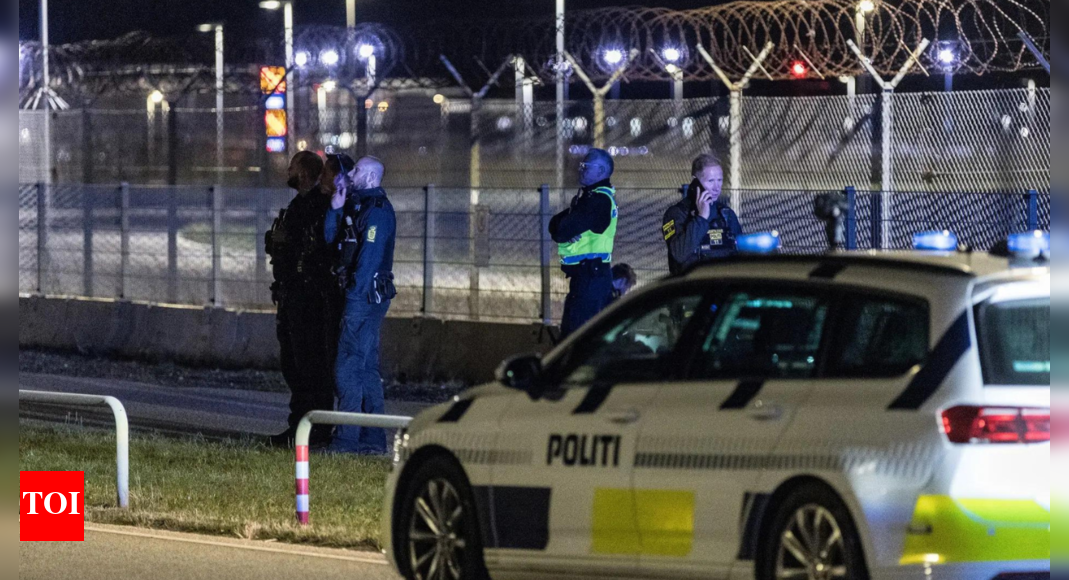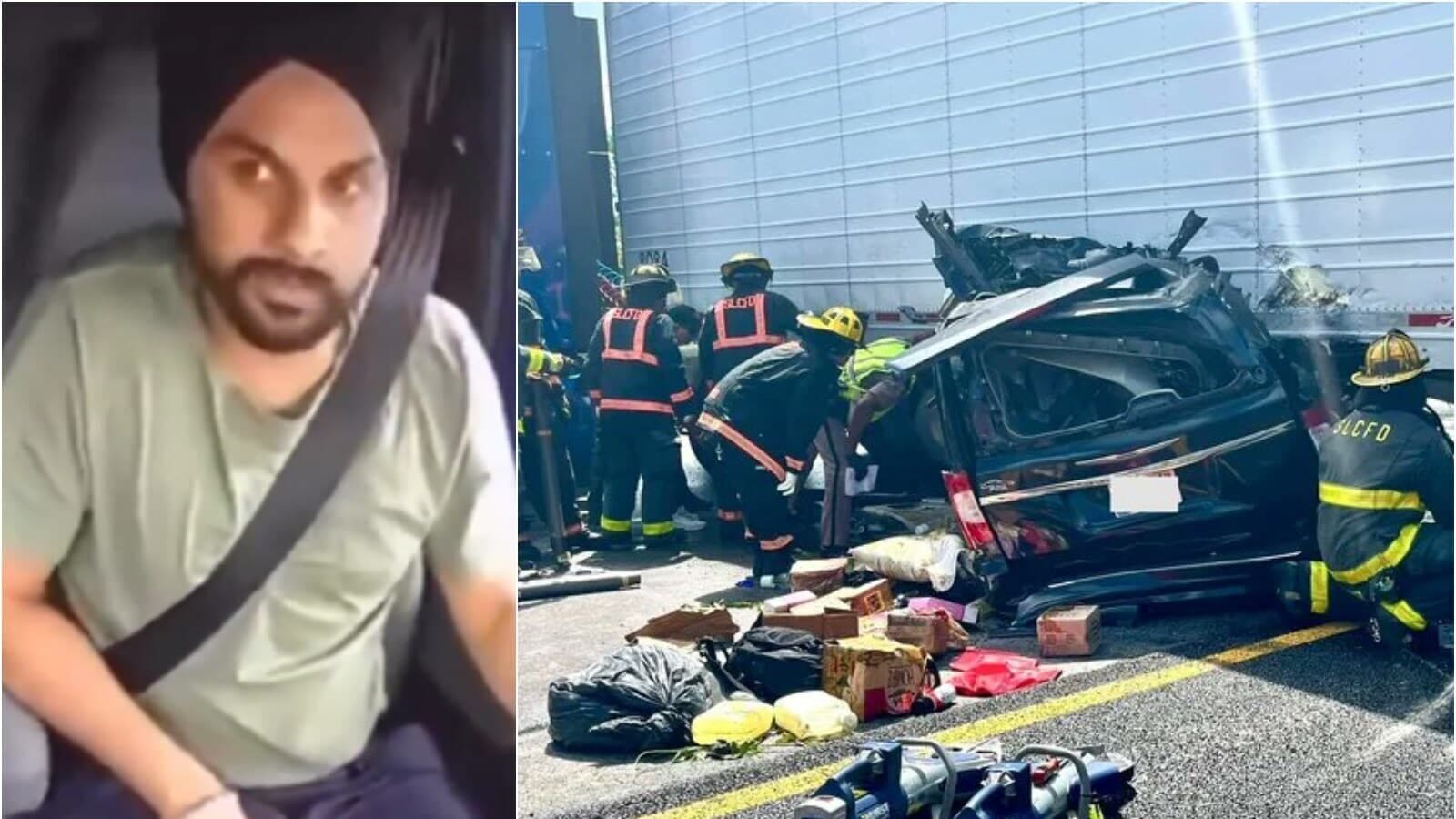
Pope Leo XIV greets people of the press on May 12, 2025, in Vatican City, Vatican.
| Photo Credit: Christopher Furlong
Upon the passing of Pope Francis, Chicago-born Cardinal Robert Francis Prevost was elected to succeed him as Pope Leo XIV.
The conclave to elect the new pontiff began on May 7. The election of the Pope takes place through an electoral college composed of Cardinals from around the world. This time, the electoral college included 135 Cardinals from 70 countries, with four Cardinals from India, the country’s highest-ever tally.

Among all Christian denominations, Catholics comprise the largest population, forming 15.9% of the global population and a large share of the Indian Christian population as well. The Vatican is a spiritual symbol for this denomination. In this context, this is an analysis of the Catholic denomination, its religious behaviour, and its demographic share among Indian Christians.
Chart 1 shows the denomination-wise share of Christians in India
According to data from the PEW Research Center, about 37% of Christians in India are Catholic, 17.9% are Baptist, 9.5% are Presbyterian, and 24.3% belong to other denominations. About 10% of Christians do not affiliate with any denomination.
Chart 2 shows the distribution of Catholics among Christian social groups.
It shows that nearly 75% of general category Christians, 16.8% of Scheduled Caste Christians, 23.7% of Christian tribal people, 55.5% of Other Backward Classes Christians, and 23.5% of Christians from the Most Backward Classes are Catholic.
Though the majority of Indian Catholics belong to the General category, for the first time, a Dalit, Anthony Poola, the Archbishop of Hyderabad, was among the four Indian cardinals who voted for the new Pope. He was appointed as a cardinal in 2022 by Pope Francis.
To measure aggregate religiosity in India, I developed an Aggregate Religiosity Index that captures the religiosity of all major religious groups in India from 1989 to 2023, based on 15 indicators. The findings reveal that all religious groups in India exhibit high levels of religiosity. Tables 4 and 5 provide a breakdown of the most recent religiosity levels (in % terms) among Christian denominations across selected indicators.
Table 3 presents the religious behaviour of Christian denominations in India. Figures in %
More than 90% of Catholic respondents consider religion important, believe in God and participate in religious festivals.
Public expressions of faith, such as wearing a religious pendant (74.6%) and attending services (59.9%), are also common. However, only a small proportion (11.2%) actively follows religious leaders. This suggests that while personal religiosity remains high, institutional influence may be limited.
Table 4 presents the social, democratic, and economic behaviour of Indian Christians. The first column corresponds to Catholics.
Within Christianity, Catholics exhibit a comparatively softer attitude towards religion than Presbyterians and Christians who do not affiliate with any denomination. Even Baptists and Christians from other denominations are stricter than Catholics when it comes to opposing inter-religious marriages. Catholics tend to have higher literacy levels compared to members of all other Christian denominations except Presbyterians.
Mohd Arshid is a research scholar studying the political economy of religion in India at the Centre for Economic Studies and Planning, JNU, New Delhi
mohdarshid01@gmail.com
Due to a data input error, the India map in the article,“With a new Pope, an understanding of Catholicism in India”, which appeared in the Data Point section on May 13, 2025, was incorrectly presented with the contours of Sikkim State being shaded out. We apologise for the error. The map and the references have been removed from the story online, and corrected in our e-paper editions. — The Editor
Published – May 14, 2025 08:00 am IST




